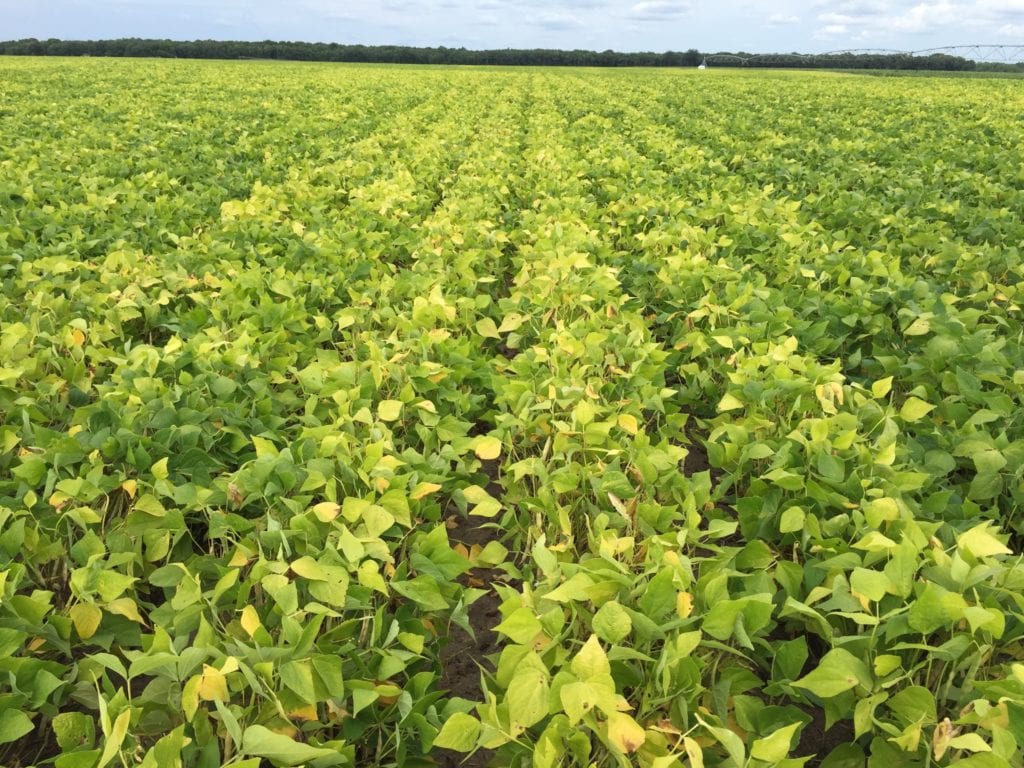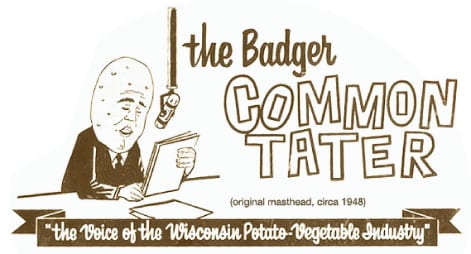
It’s been 50 years since the first crop of dark red kidney beans was grown in Dunn County, Wisconsin. Russell Doane, 87 years old, still tells the story of his quest to find a crop that would set him apart from Midwestern corn and soybean growers in the mid-1960’s.
During this time, Midwestern supper clubs were introducing the salad bar with great success and seeking out options for their diners that were appealing to the eye and offered rich color among the greens.
Additionally, there were government support programs, dating back to World War I, available for farmers growing dry, edible beans that, in the case of kidney beans, would guarantee growers $8 per hundredweight.
A man forever thorough in his research, Russell tracked down the phone numbers of two men who would convince him to take the leap: Condon Bush of Bush Brothers; and Dr. M. Wayne Adams, who would later go on to develop the sought-after Michigan Montcalm dark red kidney bean, introduced for its genetic tolerance to halo blight.
The rest, as they say, is history.


